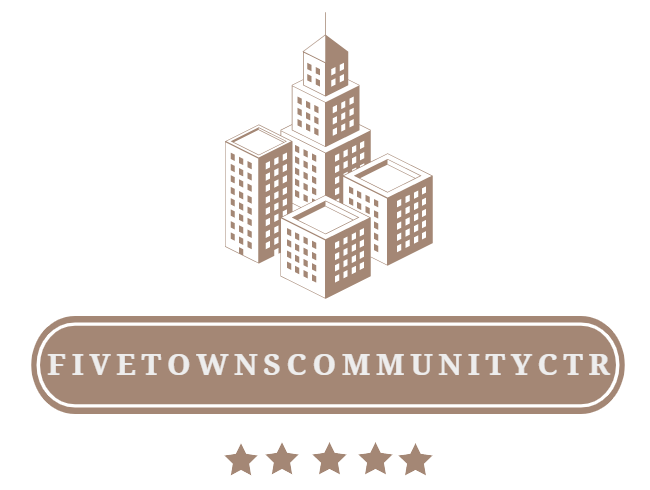A cold laser therapy device also referred to as a low-level laser therapy or photobiomodulation (PBM) tool, is a non-invasive clinical device that makes use of low-degree lasers or light-emitting diodes (LEDs) to stimulate cell features and promote tissue healing. Those devices emit low-level light penetrating the pores and skin without generating heat, hence the term "bloodless laser."
People can take advantage of this technology in the comfort of their own homes with several simple-to-use cold laser therapy device that are sufficiently portable. Wear the appropriate eye protection when receiving cold laser therapy to prevent any potential eye damage during the procedure. Follow the manufacturer's guidelines, restrict your exposure time, and get personalized guidance from a healthcare professional.
How Long Before Anyone Notices Results From Cold Laser Therapy?
The length of time it takes to see the effects of cold laser therapy varies based on the particular ailment being treated as well as personal circumstances. While some people might see results after just a few sessions, others might need more time. There is usually a cumulative impact, and results are improved by regular adherence to the prescribed treatment regimen. For the best results, patience and following the recommended routine are essential.
Safety Precautions Taken Before Receiving Cold Laser Therapy
This article offers an entire manual of the safety precautions that must be taken through bloodless laser remedy classes.
Expert Qualifications
One of the number one protection precautions is ensuring that bloodless laser remedies are run by qualified and professional experts. Healthcare practitioners, which include physiotherapists, chiropractors, or scientific doctors, need to have the critical know-how to evaluate and address character fitness situations.
Patient Evaluation
Patients' opinions of cold laser treatment differ. Good feedback frequently mentions less discomfort and increased mobility, as well as appreciation for the procedure's non-invasiveness and lack of adverse effects. Subjective reactions are possible, and depending on the ailment being treated, individual experiences vary. Detailed evaluations by medical specialists assist in establishing reasonable expectations for patients thinking about cold laser treatment.
Eye Protection
To protect the eyes from direct laser or light-emitting diode exposure, eye covering is essential during cold laser therapy. Potential eye damage is avoided by wearing specialized goggles or shields that are made to block particular wavelengths. To guarantee safety throughout the procedure, patients and medical professionals alike should wear the proper eye protection.
Dosage and Remedy Period
Depending on the individual disease, different cold laser therapy dosages and recovery times apply. Sessions last anywhere from five to thirty minutes, and as symptoms improve, they happen less frequently. Based on each patient's unique demands and reaction to therapy, a medical professional decides on the right dosage and length of time.
Pores and Skin Sensitivity
Generally speaking, cold laser treatment causes very little skin sensitivity. A slight, transient warmth or tingling feeling may be felt by the patient. Adverse effects are uncommon, nevertheless. A healthcare provider should be consulted before receiving cold laser therapy if the patient has particular skin issues or is extremely sensitive to sunlight.
Treatment Vicinity Guidance
Accurate guidance of the treatment area is essential during cold laser therapy. Healthcare providers make sure the affected area is accurately targeted while taking size and depth into account. Appropriate counsel reduces the possibility of side effects while optimizing therapeutic outcomes.
Temperature Regulation
Because cold laser therapy is non-thermal, it does not require temperature control. Low-level light is used in the treatment to increase cellular activity without producing heat. This makes it a safe and well-tolerated treatment option and guarantees a comfortable experience for patients, who usually sense a gentle, calming sensation throughout sessions.
Informed Assent
Making sure patients are aware of the process, advantages, and risks is necessary for their informed consent while using cold laser therapy. Healthcare professionals get the patient's consent to receive therapy, answer any questions, and describe the course of treatment. This open line of communication guarantees that patients are fully informed about the procedure they are consenting to and promotes a cooperative decision-making process.
Conclusion
Traditional laser therapy is usually thought to be safe when administered by qualified professionals who adhere to predetermined safety procedures. A thorough approach to safety ensures that people can utilize this therapy modality with confidence through adequate patient evaluation, meticulous device maintenance, and emergency preparedness. To make sure it is safe, effective, and acceptable in a range of healthcare settings, more research and adherence to safety rules will be required.


